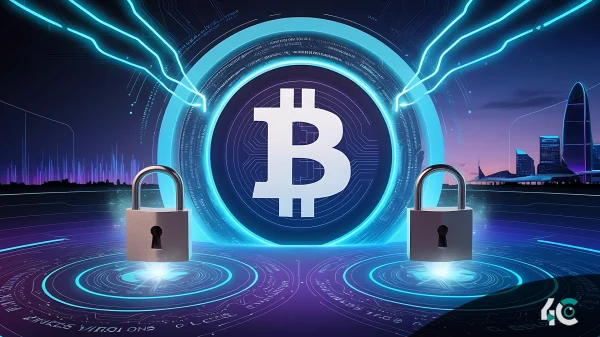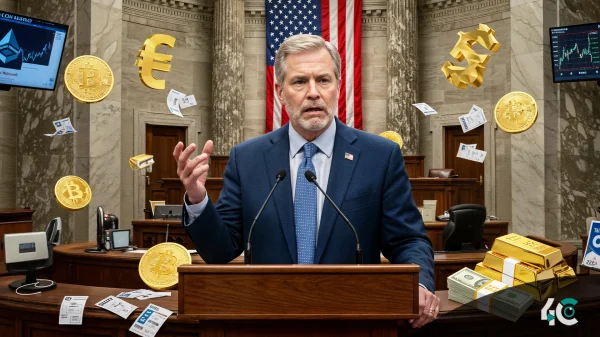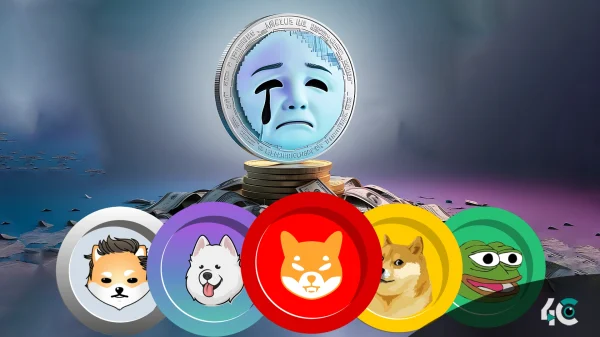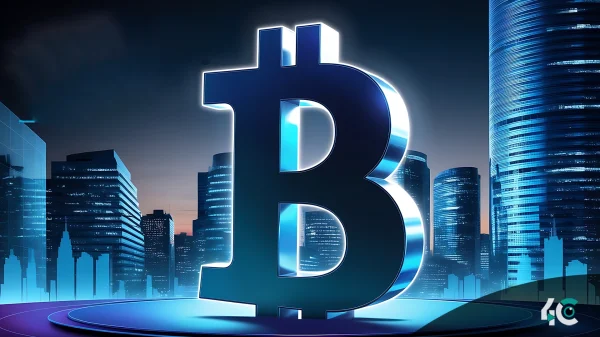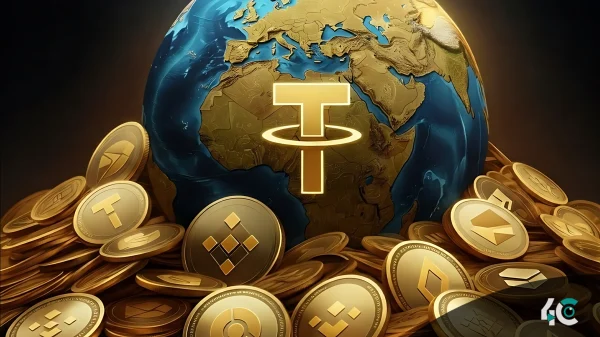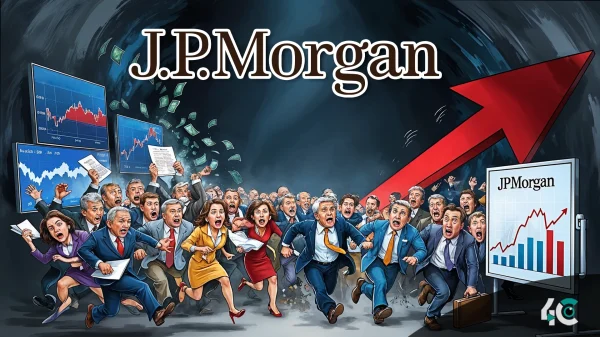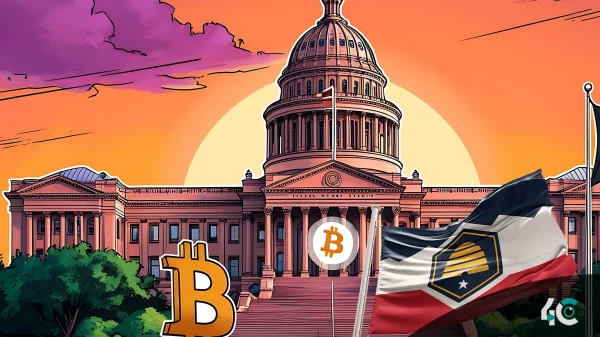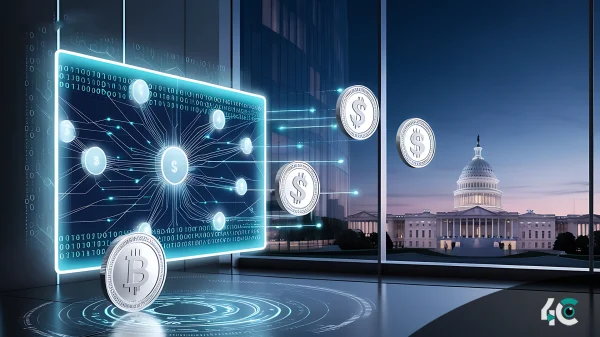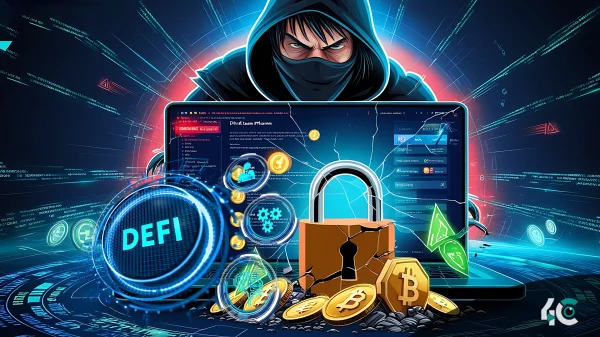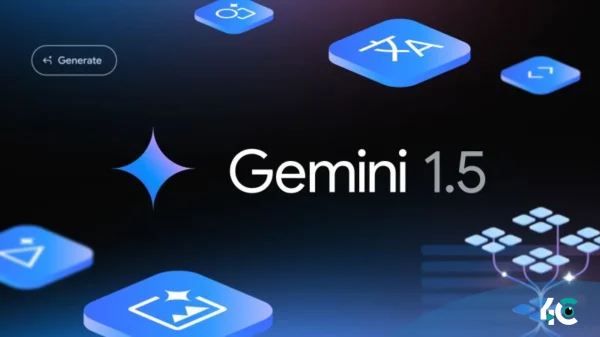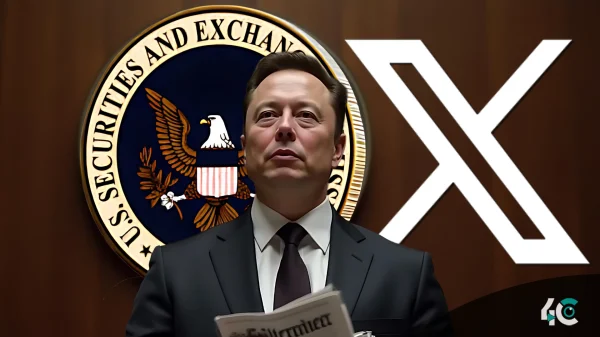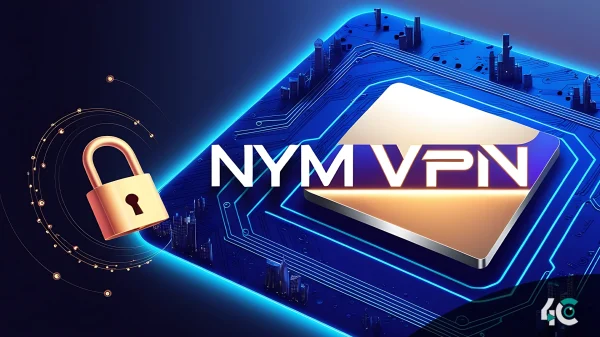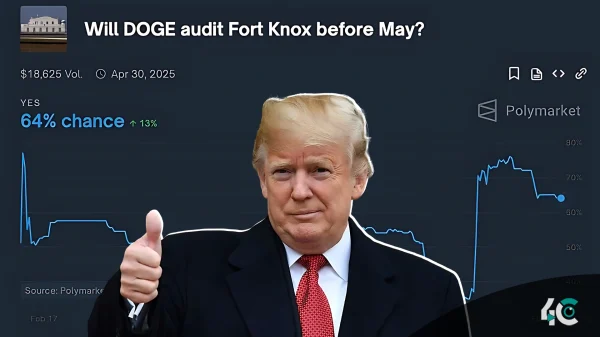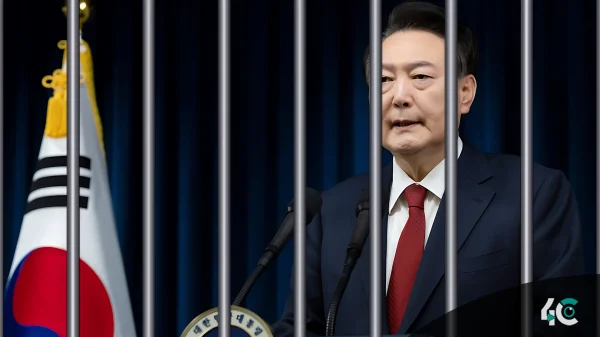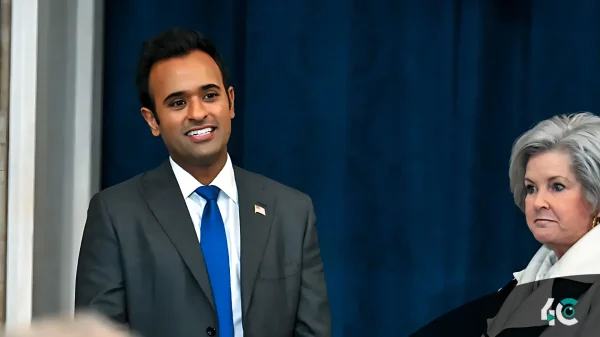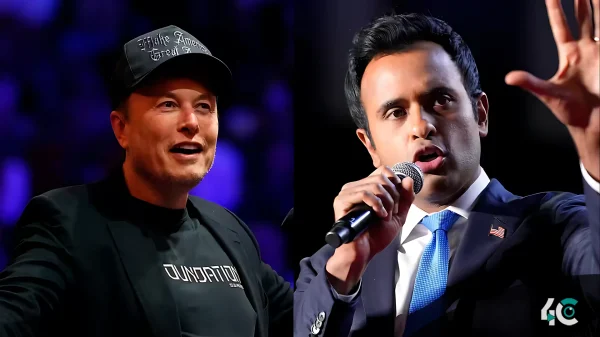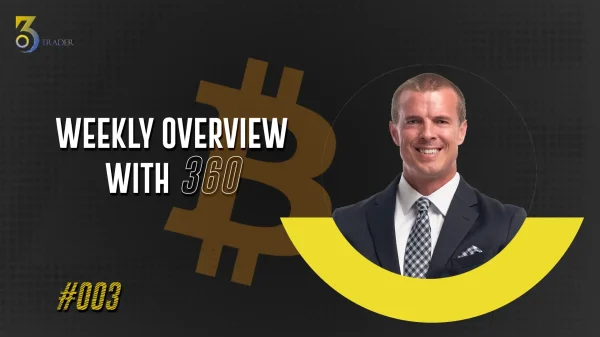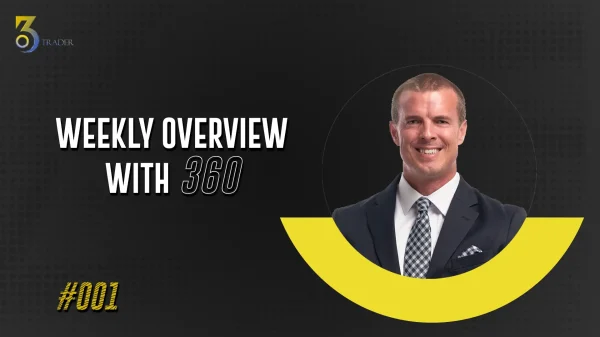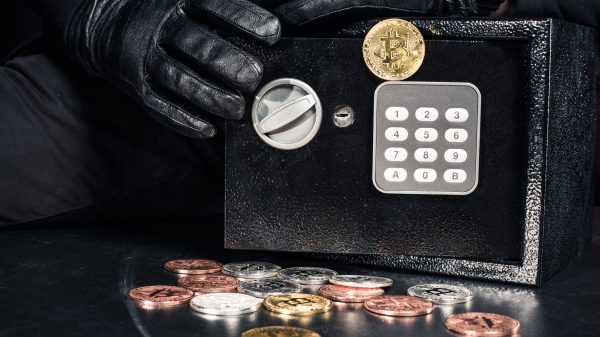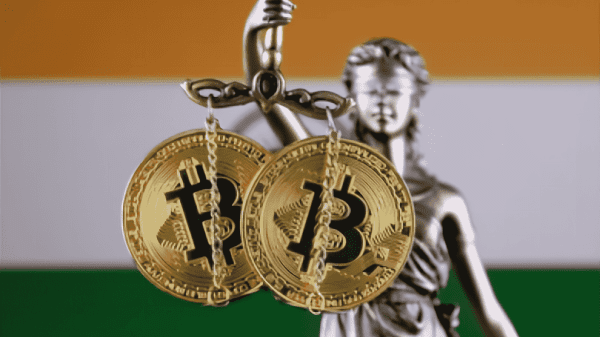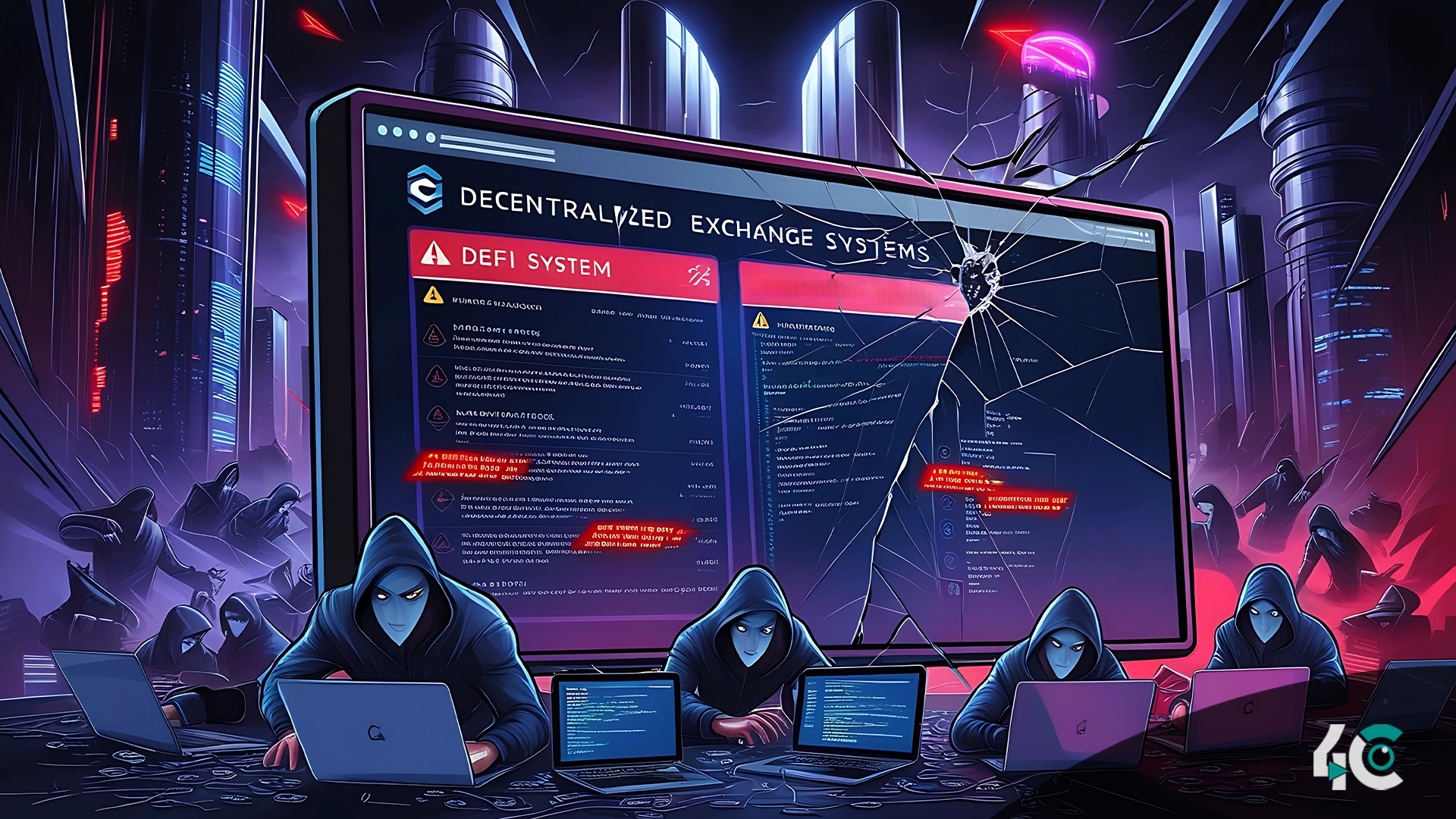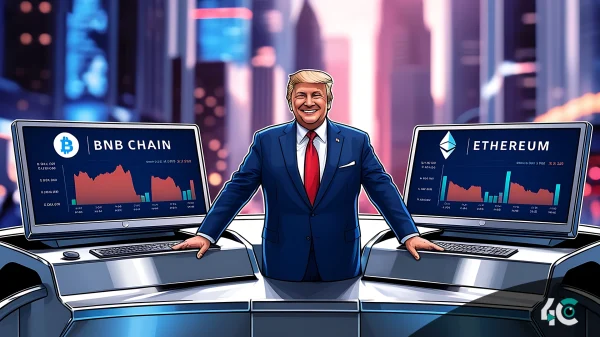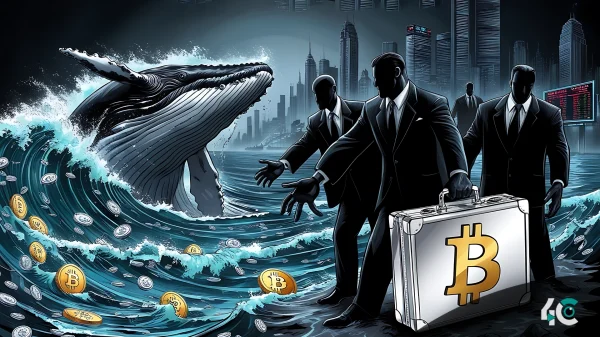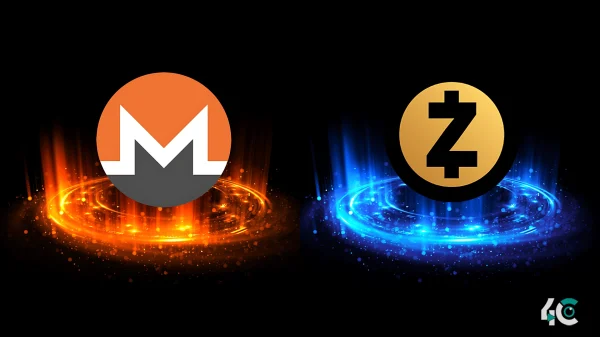Users trade on DEXs through smart contracts, unlike centralized exchanges,, which use intermediaries to do the trades. Having greater visibility and control can be useful,, but it has its risks. Vulnerabilities in smart contracts have sparked flash loan attacks, oracle manipulation, and other crimes, which have cost investors a lot. DeFi’s major hacks have caused many parties to question the credibility of decentralized projects and whether they can keep users safe.
We are making efforts to enhance security. Developers are shifting their focus towards a more stringent code audit, an active bug bounty program,, along with advanced on-chain monitoring tools to receive early warnings about any suspicious activity. Unfortunately, security measures have not kept pace with innovation in the DeFi sector. Occasionally a lack of testing lets hackers take advantage of security openings, rolling out new features and protocols quickly.
At the same time, regulators are putting more pressure on DeFi. Governments around the globe are increasingly pressing for strict regulations to ensure compliance and limit risk. DeFi could get safer due to regulation, but it violates the decentralization belief that attracted many users to the sector in the first place.
DeFi must be able to become and remain decentralized, secure, and compliant, all while balancing out these three priorities to succeed. If decentralized exchanges do not adapt to these challenges, users could lose confidence and go back to centralized exchanges, which still offer conventional protection.
The future of DeFi is uncertain. Are decentralized exchanges capable of overcoming these growing threats and proving they are a genuine alternative? Or will ongoing security issues push users away? It will determine the fate of the entire crypto industry.


